PCA Articles
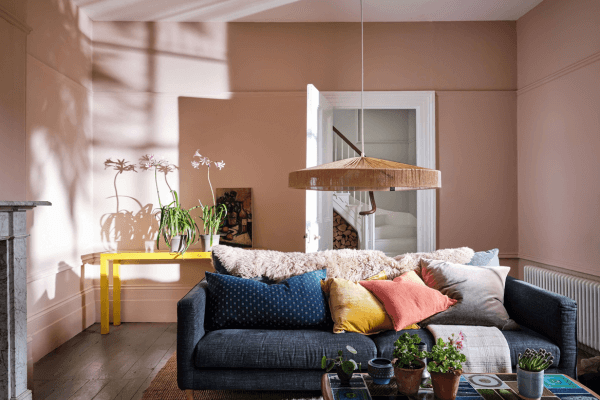
How Light Affects Colour
An extraordinary response to light is our paint’s most distinctive asset, but while we – and you – love the beautiful, unexpected results of different light sources meeting our colours, this can add an extra layer of complexity when choosing colours for a client’s space.
Our brief guide will give you some options for making the most of different light, whether that means embracing it wholeheartedly, or offsetting it with a few clever tricks.
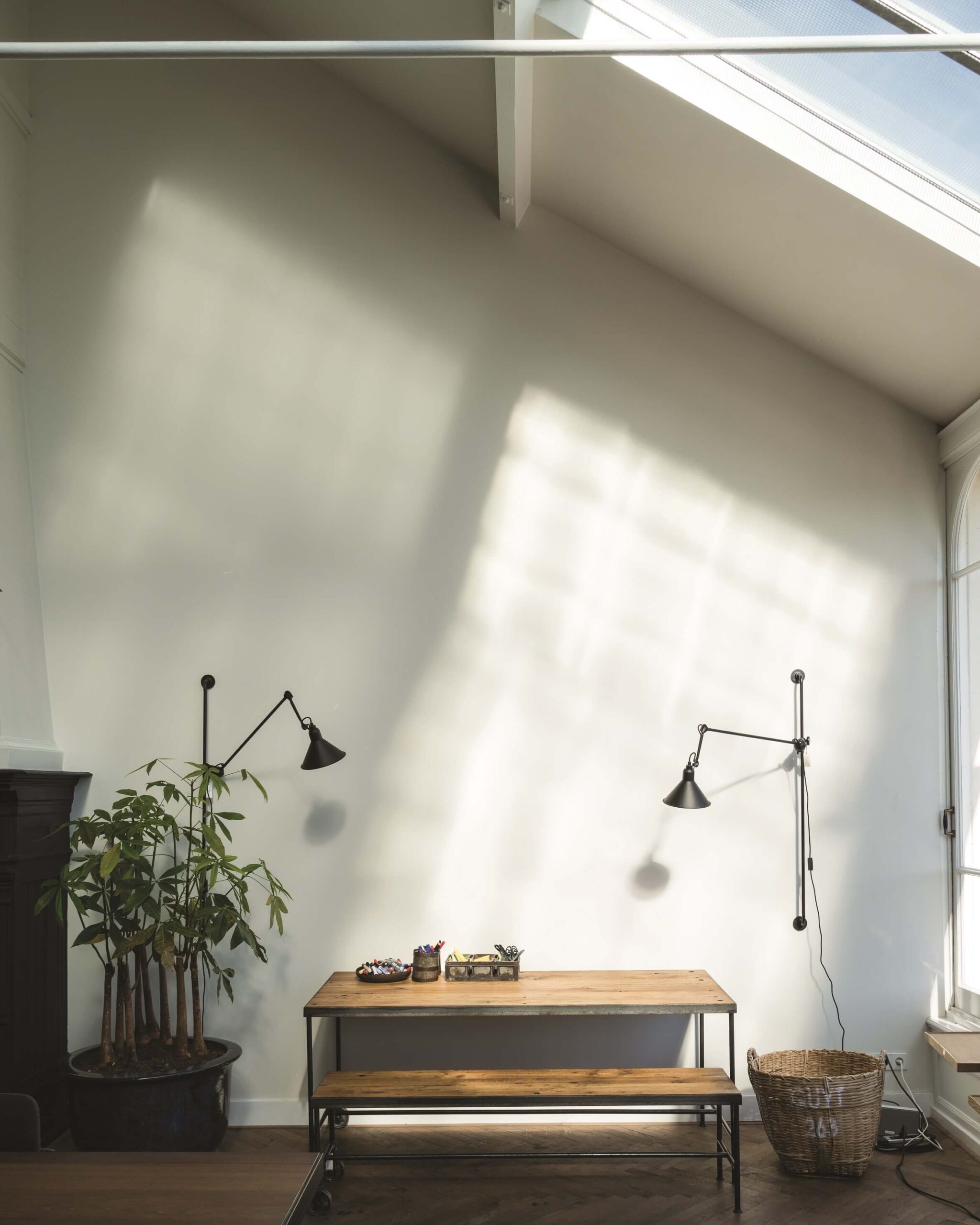
Natural light
The quality of the light, the time of day, and even the time of year can change how we perceive colour under natural light. This means it can be difficult to pin down every element that might play tricks with your paint colour, but we do have a top tip for outwitting unfavorable light conditions. It all comes down to considering the aspect of the room you’re painting – whether it faces east, west, north, or south.
How to decorate south facing spaces
In fine weather, south facing rooms can be filled with warm light from dawn until dusk, making them among the easiest rooms to choose a palette for.
Using soft, pale tones on the walls of a south facing room is a great way to maximize the feeling of light and space. Blues, such as Pavilion Blue and Borrowed Light, create a calming aquatic feel, while Warm Neutrals like Joa’s White will create a warmer feel. For a crisp, fresh look no matter the wall colour, try a bright white on woodwork.
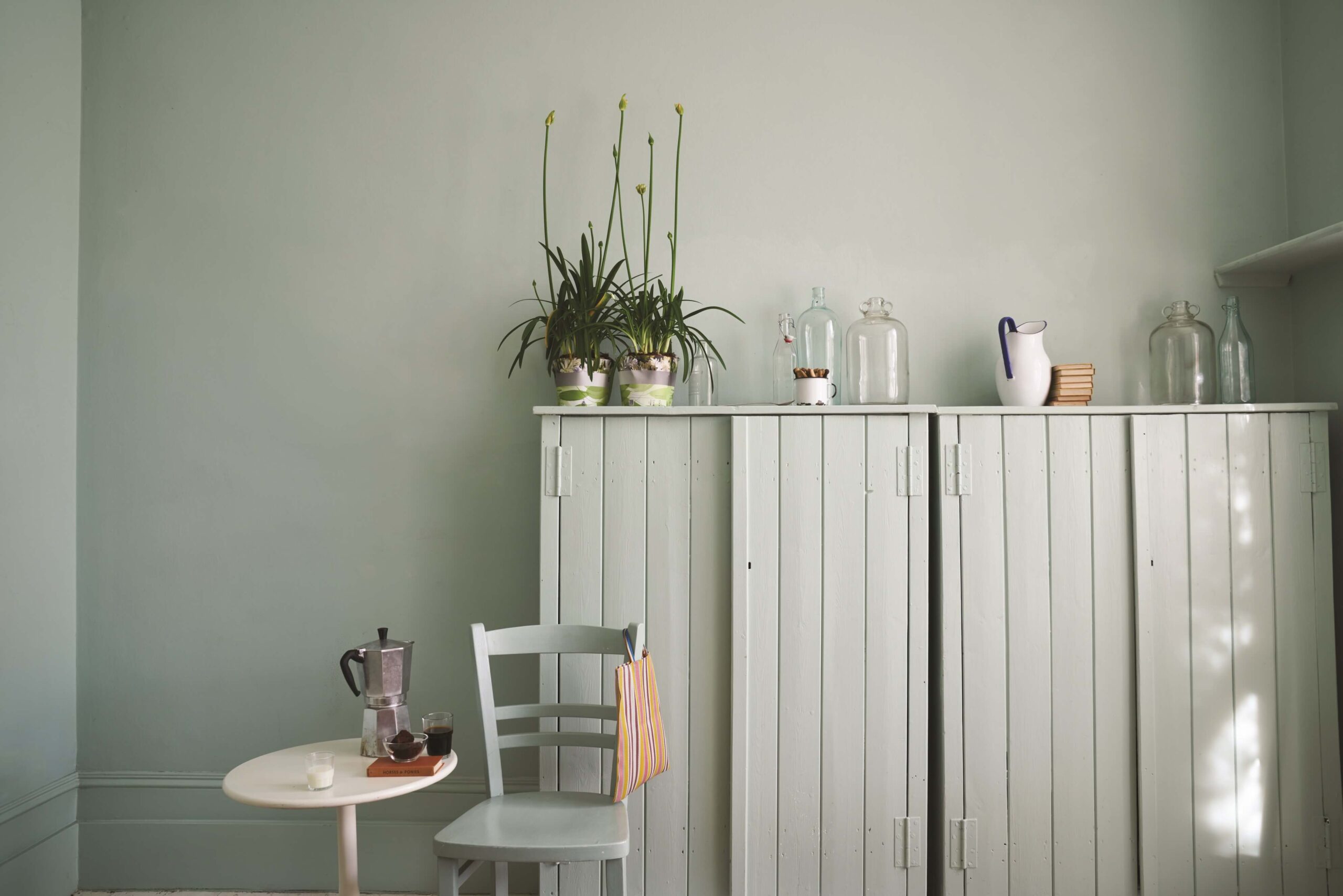
How to decorate north facing spaces
Northern light tends to bring out the cooler tones within a colour, so if you’re using a lighter tone, avoid anything with a green or gray base. Yellow based colours like Yellow Ground, New White and White Tie will help to bounce as much light as possible around the room.
Another approach is not to fight nature, but to embrace the cooler light that comes into a north facing room with darker wall colours such as Railings or Down Pipe, which create a cozy, cocooning feel.
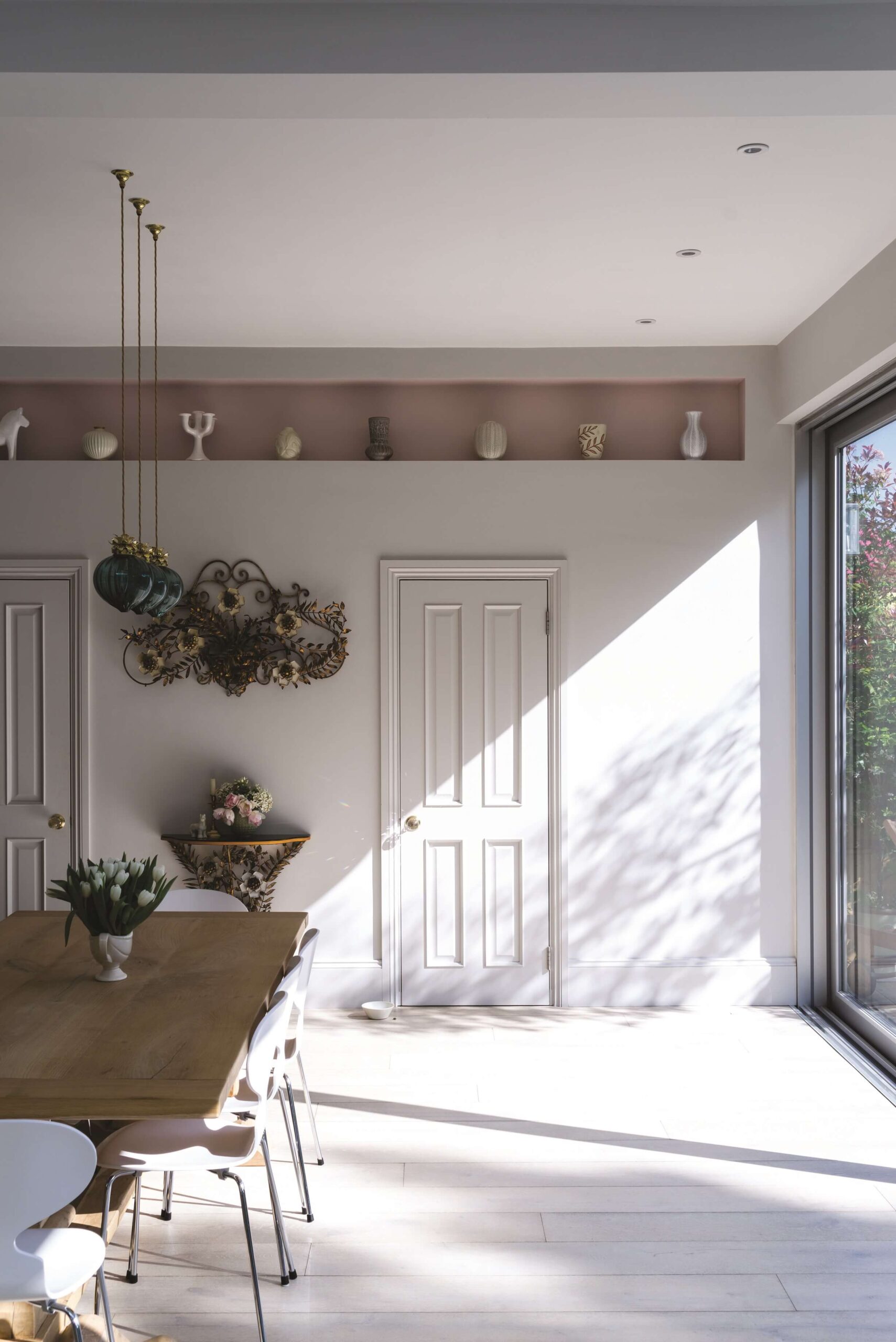
How to decorate west facing rooms
When decorating a west facing room, it’s useful to consider when the room will be used most. Light in west facing spaces is cooler in the morning and brighter in the afternoon.
In west facing rooms, the warm tones of Middleton Pink or Setting Plaster are excellent options for making the most of golden, late afternoon light, while Slipper Satin or Shaded White will look cool in the morning but balance the warmer light later in the day. Alternatively, embrace the changing nature of these spaces with a chameleon shade like Light Blue, which subtly shifts between blue and silver depending on the light.
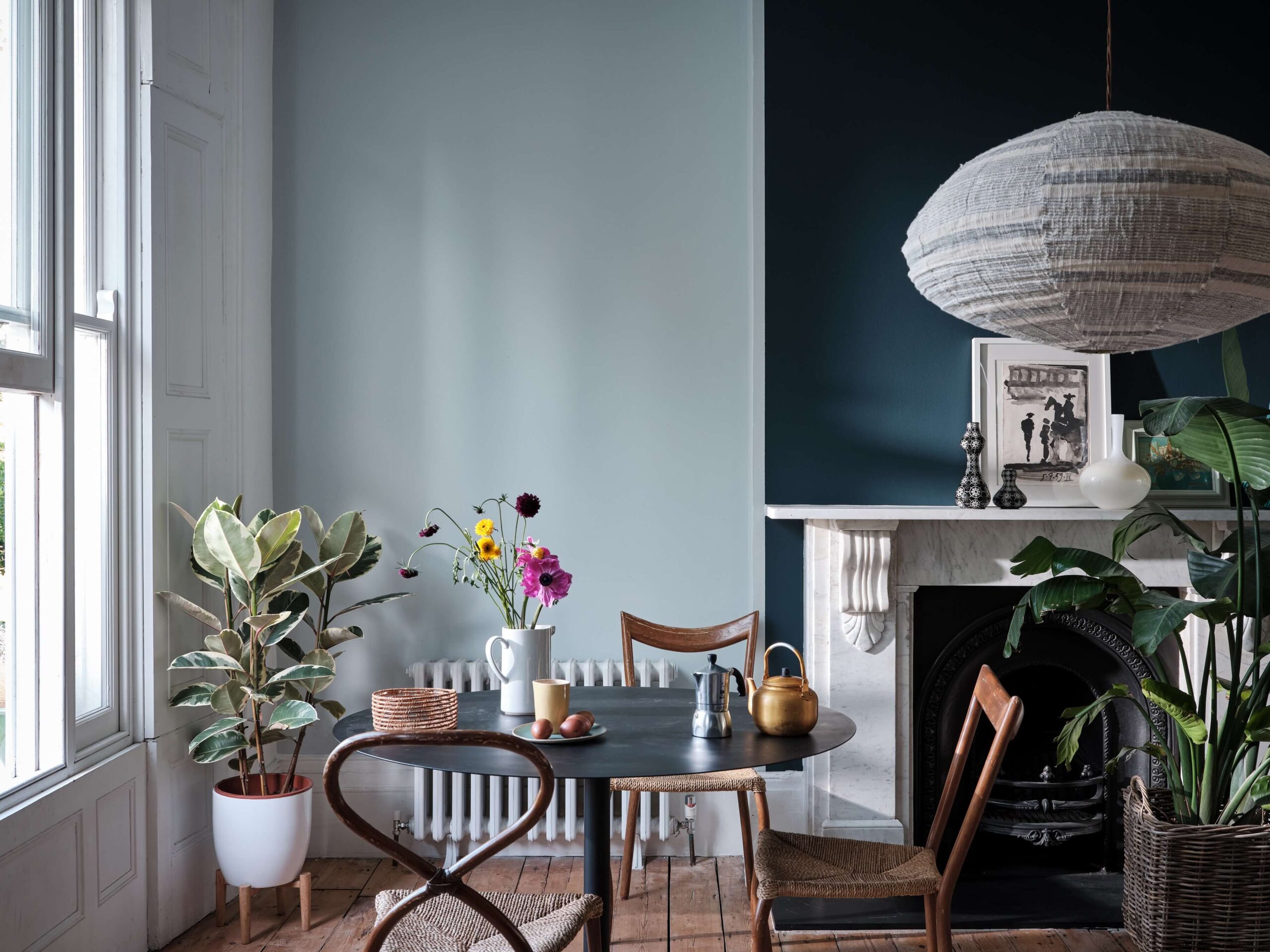
How to decorate east facing rooms
East facing rooms are the opposite of west facing rooms, enjoying the most sun in the morning and cooler, muted light in the evening. So, again, the key is thinking about when the space is going to be used.
If the space is mainly used later in the day, embracing the cooler evening light with light blues and greens can have a beautifully soft and calming effect – try Blue Ground or Teresa’s Green. Or use a deep, dark shade like Inchyra Blue or Hopper Head to create a cocooning, protective feel. If the room is mostly used during the day, make the most of the morning sun with bright, lively shades like Whirlybird or the aptly named Breakfast Room Green.
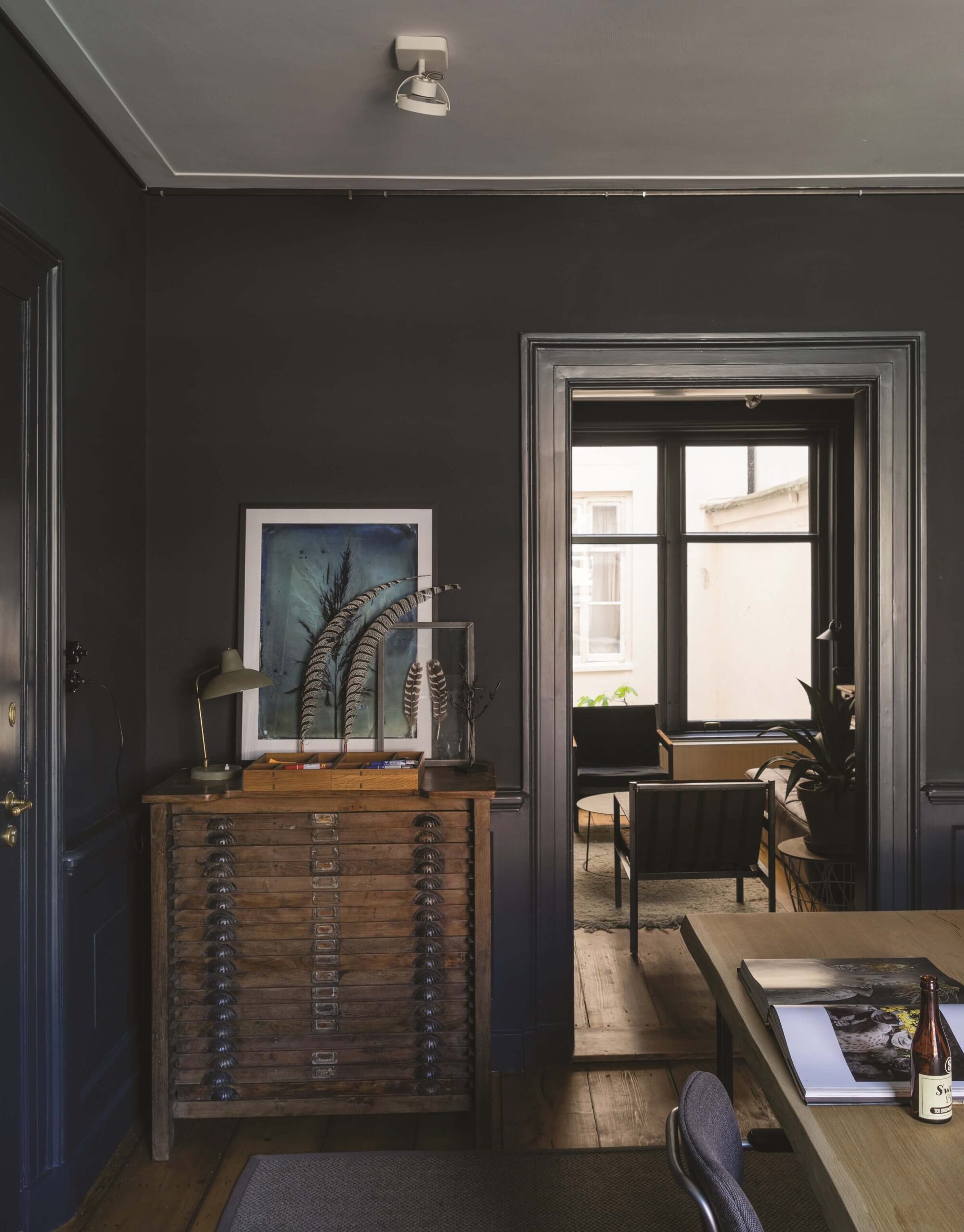
Artificial light
Just like natural light, artificial lighting can affect how colours appear. Halogen and incandescent bulbs emit yellow light, which makes wall colours appear warmer, while cool white bulbs tend to give off a bluer light, giving paint a cooler cast. For the truest representation of the chosen wall colour, you may want to try a neutral white bulb, which most accurately replicates daylight.
Make sure to sample
So, because light plays such a big part in how a paint colour looks, it’s important to sample a shade before taking the plunge and painting a whole room. If you’re using a sample pot, it’s best to paint two coats onto a large piece of card. If you’re using a dry paint swatch, you can skip this step. Place the card in different spots around the room so your client can see how it looks in different lights and with different furnishings nearby. It’s also a good idea to leave the sample up throughout the day so they can see how the colour responds to changing light.
Need more advice or inspiration?
For more help on choosing colours for your next project, simply get in touch with us here at Farrow & Ball. Our renowned Colour Consultants are always happy to support professionals with their unrivaled understanding of colour, finish and light. In person or over video call, they can pick the perfect shade.